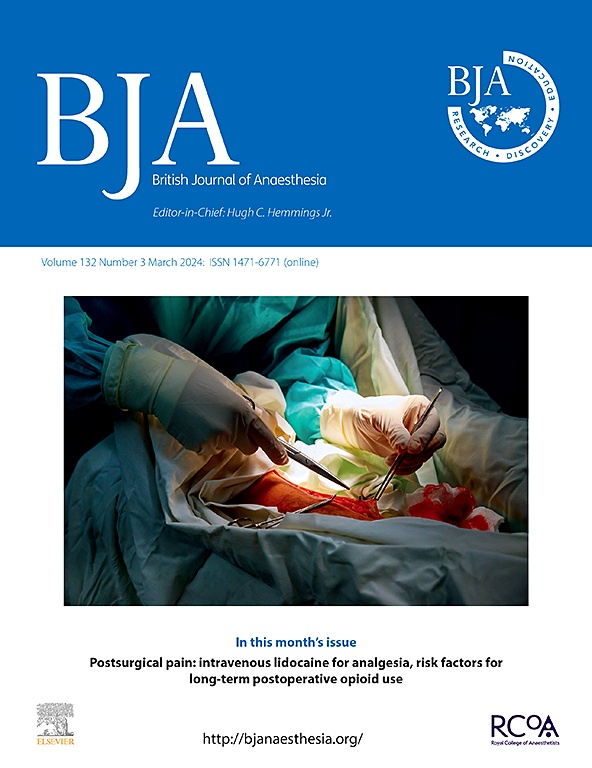
Combination of dexketoprofen/tramadol reduces postoperative pain vs. monotherapy in THA

Combination of dexketoprofen/tramadol reduces postoperative pain vs. monotherapy in THA
Randomized clinical trial of dexketoprofen/tramadol 25 mg/75 mg in moderate-to-severe pain after total hip arthroplasty
Br J Anaesth. 2016 Feb;116(2):269-76.Did you know you're eligible to earn 0.5 CME credits for reading this report? Click Here
Synopsis
641 patients undergoing total hip arthroplasty were randomized to one of six study medication arms for the purpose of comparing postoperative pain relief experienced at rest and during movement when taking either dexketoprofen/tramadol (25mg/75mg) or dexketoprofen 25mg or tramadol 100 mg alone, during both a singular- and a multiple-dose phase. Results demonstrated that patients who received the c...
To view the full content, login to your account,
or start your 30-day FREE Trial today.
FREE TRIAL
LOGIN
Forgot Password?
Explore some of our unlocked ACE Reports below!

Learn about our AI Driven
High Impact Search Feature
Our AI driven High Impact metric calculates the impact an article will have by considering both the publishing journal and the content of the article itself. Built using the latest advances in natural language processing, OE High Impact predicts an article’s future number of citations better than impact factor alone.
Continue



 LOGIN
LOGIN

Join the Conversation
Please Login or Join to leave comments.